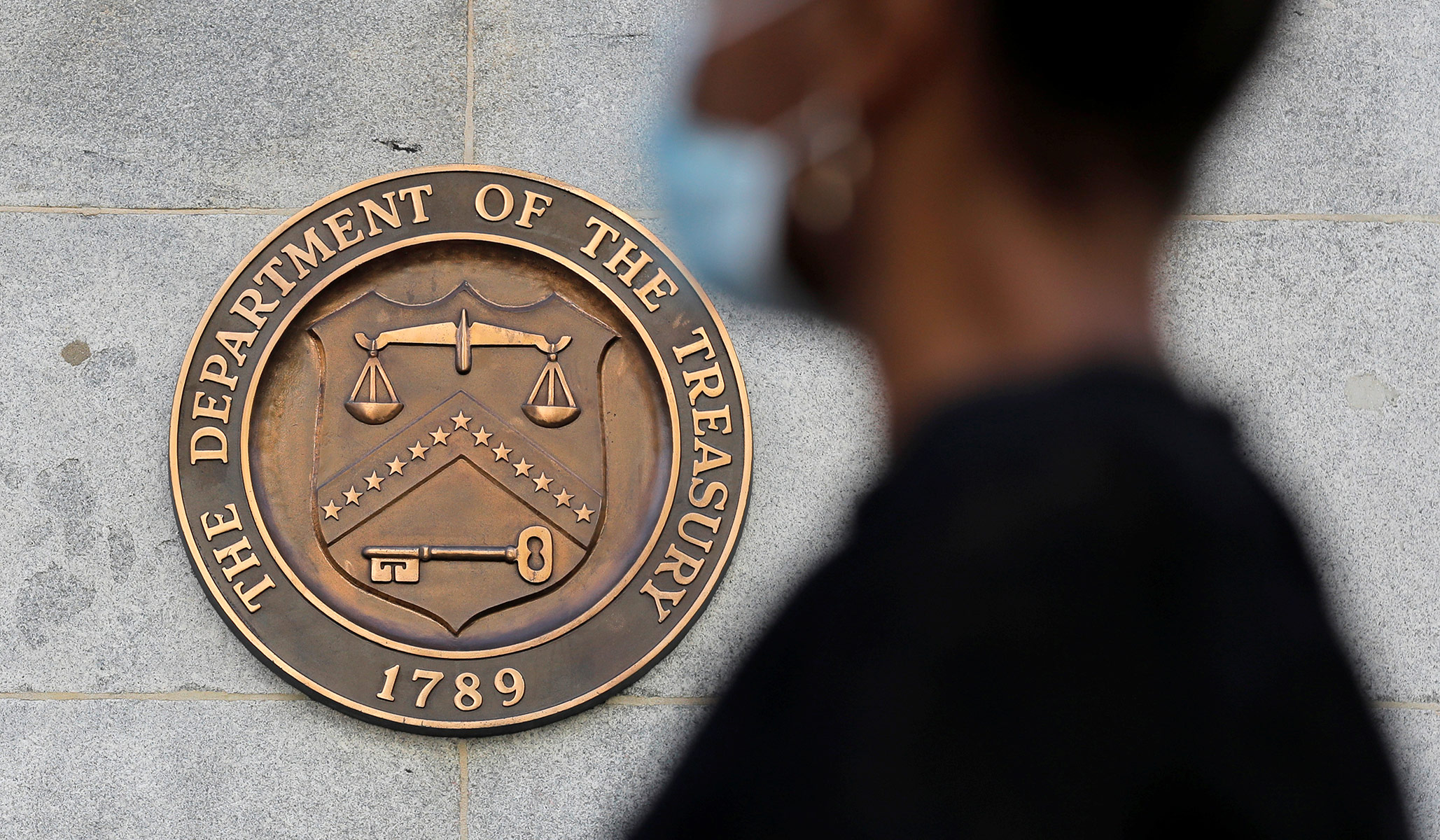


Treasury-market stability is premised on principal debt repaid through taxation and growth, not makeshift money.
NRPLUS MEMBER ARTICLE T his year, Washington is playing one of its favorite games, Debt-Ceiling Chicken, in which each party disdains the other’s solutions for allocating scarce resources and threatens sovereign default to pressure the other into agreement.
Typically, markets yawn through these exercises, as they believe that neither Congress nor Treasury will allow an actual default to occur: The potential consequences are unfathomably horrid and could theoretically induce a major economic depression. No matter what Treasury says its “drop-dead” date is, it’s doubtlessly prepared to push that date out, and markets know it.
However, in this year’s iteration of the game, some prominent economists have revived a newish bad idea. Their suggestion: Exploit the Coinage Act, which grants the Treasury authority to mint any currency it pleases, to create a trillion-dollar platinum coin, carry the coin to the Federal Reserve, and deposit it into the Treasury’s account.
Considering that former House speaker Nancy Pelosi’s favorite phrase was “vote is the coin of the realm,” and that she confessed during the last debt-ceiling standoff (in 2019) that her caucus didn’t have the votes for a clean debt-limit raise, it’s fitting that minting a coin is now some Democrats’ preferred solution. Unsurprisingly, the idea comes from the advocates of “modern monetary theory,” which provided the intellectual underpinning of the disastrously inflationary fiscal policies of the past two years. And though treasury secretary Yellen has voiced opposition to the coin, she has been overruled by progressives in the White House before, as she was, for example, when they made 2021’s American Rescue Plan 50 percent larger than she would have preferred, giving the economy an even stronger inflationary impulse.
More in Debt Ceiling
-
Twenty-Four Senate Republicans Sign Letter Demanding Spending Cuts as Condition for Debt-Ceiling Raise
-
Why Minting a Trillion-Dollar Coin Would Be a Horribly Inflationary Idea
-
Kevin McCarthy’s Balancing Act
A cool trillion minted and the debt ceiling becomes irrelevant, as the Treasury no longer needs to issue any new debt to fund the government’s operations. Or so the theory goes.
The problem is that norms and taboos surrounding the political process, once broken, cease to bind. For instance, Democrats waived the filibuster when confirming circuit judges; then Republicans waived it for Supreme Court justices’ confirmation hearings, and Democrats were shocked. Pelosi removed some Republican House members from their committees, and now that Speaker Kevin McCarthy is removing some Democrats from theirs, Democrats, again, are shocked.
Markets, should this coin materialize, would react differently. Indeed, the bond market, on hearing of the $1 trillion coin’s successfully circumventing the problem of the debt limit, will expect this practice to recur regularly. We minted a coin for the debt ceiling. Will we now mint more for climate subsidies, aid to Ukraine, stimulus checks, building border walls, re-shoring tech supply chains, saving the whales, or just building good old-fashioned bridges to nowhere? And why stop at $1 trillion? When’s the $5 trillion coin coming? That’ll really get the spending party started.
Once a coin is minted, there’s no way of credibly convincing markets that the government won’t use this new source of funds repeatedly; one coin will inevitably be followed by more. This expectation would generate severe capital flight from the United States, causing a crash in the dollar and soaring interest rates, as investors require a large risk premium for holding Treasury bonds. And, of course, it would mean a new wave of inflation to dwarf the one we just crested, as firms and households expect more government spending in the future and a weaker dollar raises the price of imports.
In their attempt to preserve the Treasury market, aspiring coin-minters would quickly destroy it, since Treasury-market stability is premised on principal repaid not by minting coins but through taxation and growth. Rather than acting like adults who reach negotiated compromises with their political opponents for the good of the nation, coin-minting advocates are behaving like children who would rather break their toys than share them.
